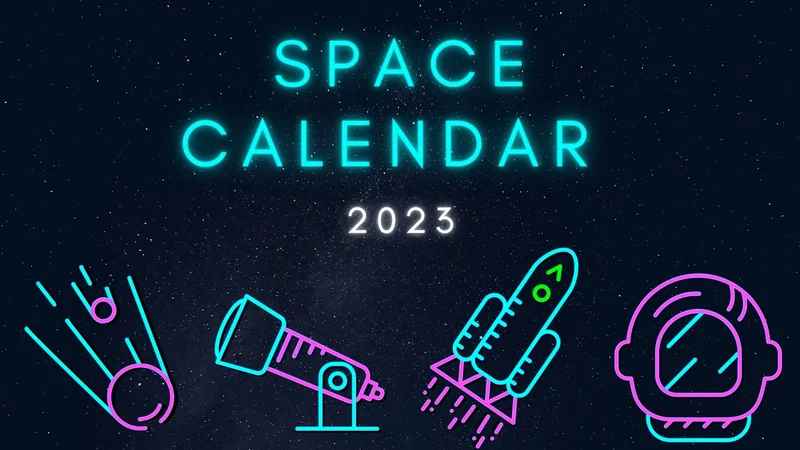Rocket Launches Cape Canaveral: What's the Rush?
SpaceX's Double Launch: A Glimpse into Our Rocket-Powered Future
Did you see it? Two Falcon 9 rockets blazing across the Florida sky, just hours apart! It happened on November 14th and 15th, 2025, and honestly, it felt like watching the future unfold in real time. Starlink missions 6-89 and 6-85, each carrying 29 V2 Mini satellites, soared into orbit with barely enough time for the launch teams to grab a coffee in between.
The sheer audacity of it! SpaceX isn’t just launching rockets; they’re running a spaceport. As George A Doolittle commented, they don't do "one off" launches – it's a constant stream of activity. It’s like watching the Wright brothers go from their first flight to running an airline in the span of a few years. What does this mean for the accessibility of space? Will we see space tourism become as common as international flights within our lifetime?
The Pace of Progress
Think about this: Falcon 9 booster B1078, the workhorse behind the Starlink 6-85 mission, flew for the twenty-fourth time. Twenty-four! That's like driving the same car around the world multiple times, and it still gets you where you need to go. And the precision landing on the drone ship 'Just Read the Instructions' – poetry in motion, I tell you! The turnaround time between these launches is the second shortest ever for SpaceX, which is incredible. SpaceX completes second fastest turnaround between Falcon 9 launches from Cape Canaveral - Spaceflight Now. It's not just about getting to space, it's about mastering the logistics, reducing costs, and making space accessible.

It’s easy to get lost in the technical details – the 95% favorable weather forecast, the moderate risk of solar impacts – but the real story here is the accelerating pace of innovation. SpaceX now has nearly 9,000 satellites in low Earth orbit. That’s a mind-boggling number. When I first heard that number, I honestly felt a shiver of excitement.
This isn't just about faster internet, although that's a huge part of it. Imagine a world with ubiquitous, low-latency internet access, connecting remote communities, enabling real-time data analysis for climate monitoring, and facilitating scientific collaboration on an unprecedented scale. It’s a world where education, healthcare, and economic opportunity are no longer limited by geographical boundaries. But what about the potential for increased space debris? Or the impact on astronomical observations? As we push the boundaries of what's possible, we also need to consider the ethical implications and ensure responsible stewardship of our planet and its surrounding space.
Kindery's comment, "This is brilliant," captures the general sentiment perfectly. It’s a simple statement, but it speaks volumes about the awe and inspiration that SpaceX continues to evoke. It's a reminder that we're living in an era of unprecedented technological advancement, where the dreams of yesterday are becoming the realities of today.
